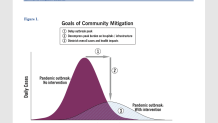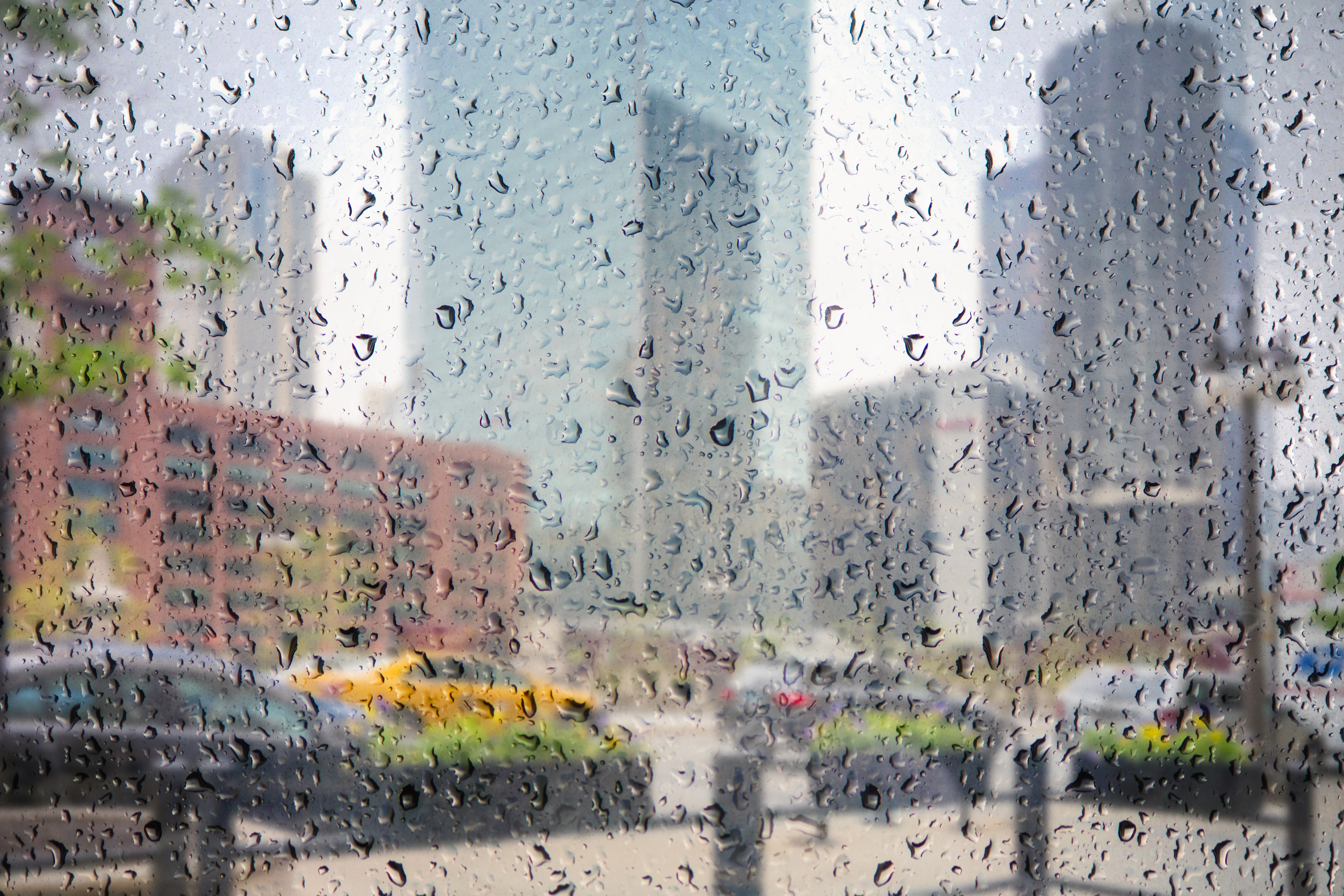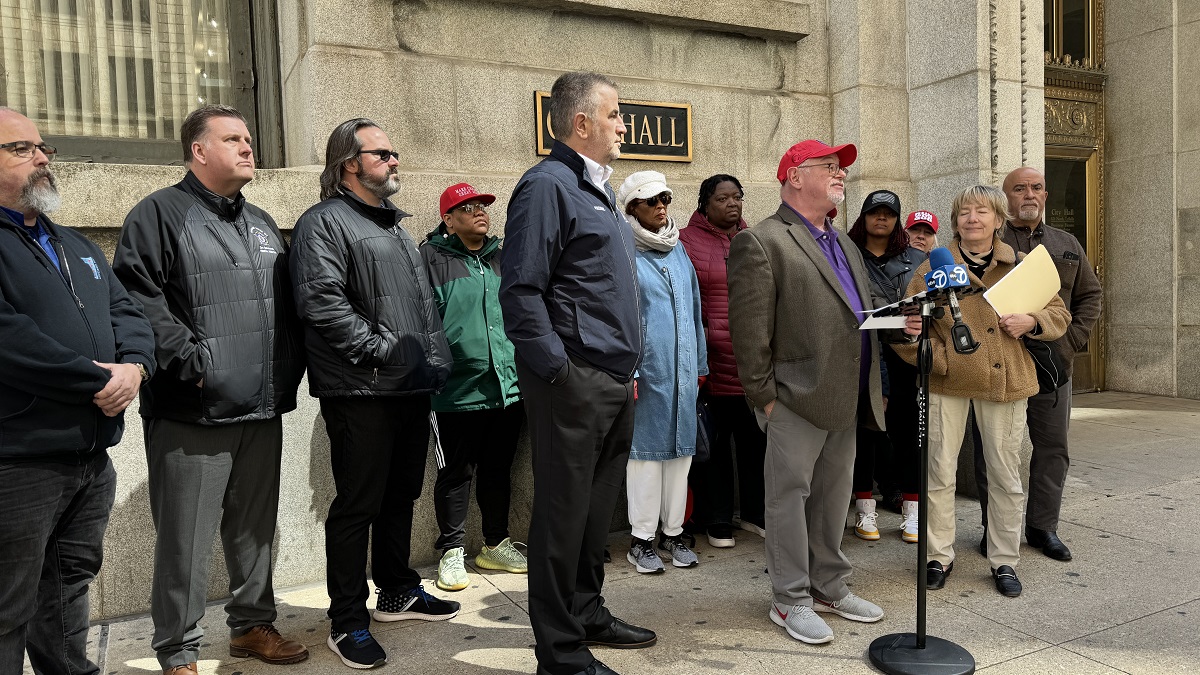Gov. J.B. Pritzker said Tuesday Illinois likely won't hit its peak of coronavirus cases until mid-May, which is later than initially expected - a delay that experts have said is a good sign.
The later peak means that efforts to mitigate the spread of the deadly virus are working to "flatten the curve," officials say.
"We have not peaked," Pritzker said Tuesday in an interview with the Washington Post.
"We were the second state in the United States to put forward our stay-at-home rule and people have really been abiding by it for the most part," he continued. "And so the result of that has been the pushing out of what had been anticipated to be a peaking in the middle or near the end of April. So it's been pushed out now, according to the models, to maybe mid-May, but at a lower level, and so we're moving, inching toward that date."
While that may mean social distancing and isolating at home will seemingly have to continue for longer, experts have said that a later peak is actually a good thing, indicating that the curve is flattening.
In sharing similar news about Chicago's anticipated peak last week, the city's Department of Public Health Commissioner Dr. Allison Arwady explained why.
Local
"Ironically, when you don't see that very, very sharp increase, you see the flattening of the curve, it actually pushes that peak a little bit later," Arwady said in a briefing on April 15.
"So the reason why we're not quite at peak is actually really good news. And I know that's hard to hear that, you know, we may need to stay in longer, we're not going to be able to just go right back to normal, but moving that peak later is the sign. It's the reason why if you or someone in your family needs to go to the hospital or gets sick with COVID and needs a ventilator, it's available. And we want to make sure it continues to be available."
Experts say the reasoning behind the effort to "flatten the curve" is to keep hospitals operating within their capacity. A later and lower peak means the cases are stretched out over time and don’t overwhelm the healthcare system, officials say - so more people can be treated and recover.

"People are doing what they need to do in the state of Illinois, staying indoors or staying at home, wearing masks outside as I've urged everybody to do, making sure they're washing their hands, and all the other things that we've asked people to do, so the result is that we've had many fewer deaths than were anticipated, our hospitalization rate is somewhat stable, climbing a little bit but somewhat stabilizing, and of course, our ventilator needs have gone down," Pritzker said Tuesday.
He gave details on the hospitalization rates and other numbers the previous day, saying Illinois and its residents had prevented the worst case scenarios by staying home and taking other precautionary measures.
At his daily coronavirus press briefing on Monday, Pritzker said without social distancing, Illinois would have exceeded its hospital capacity by more than 25,000 beds on April 6.
Citing data from the Illinois Department of Public Health, Pritzker said the state instead reported 3,680 coronavirus hospitalizations on April 6, a total of 4,020 on April 10 and 4,599 hospitalizations on April 19.
When it comes to intensive care unit beds, Pritzker stated hospitals have worked to expand bed capacity in recent weeks. In the beginning of April, coronavirus patients occupied approximately 43% of the state's 2,700 ICU beds, while as of Monday, 1,239 patients had occupied 40% of the state's 3,100 ICU beds, according to state health department data.
As for ventilators, the number of coronavirus patients on ventilators has continued a downward trend since the beginning of April — approximately 29% of hospitalized patients were using ventilators on April 6 compared to 23% as of Monday.
"Had we not established mitigation measures, by now we would have needed thousands more ventilators beyond our existing capacity," Pritzker said Monday.
The governor added that all projections indicate Illinoisans have saved thousands of lives, and the coronavirus curve appears to be bending the right way.
"With the current mitigation strategies in place, we may not have reached our peak yet, but your actions are helping to keep that peak as low as possible," Pritzker said.
With regard to the state's stay-at-home order, Pritzker said Tuesday that changes to the policy - which is scheduled to end April 30 - are coming.
"The peak is still yet to come," Pritzker added in his daily briefing. "We need to be careful, but I wanted to give our staff and myself enough time to have conversations with the epidemiologists and the experts and people in different industries to try to understand what we could do, not just in the very near term, about changing the stay-at-home order... but also what we will do going forward."
Pritzker did not elaborate on the kinds of changes the state is considering making, but reiterated comments he made the previous day that the state could consider a region-by-region change to restrictions in place.
“I absolutely think that we need to look at where (healthcare) capacity exists,” Pritzker said Monday. “If the hospital capacity in a certain area is quite large and very available, even with coronavirus in existence, then that might be a place where you can do more than some other place. The idea of people going outside and wearing a mask on a property of theirs that might be 100 acres in size is much different than the prospect of somebody on the North or West Side of Chicago going outside and walking on a sidewalk with hundreds of other people.”
Illinois health officials on Tuesday reported an additional 1,551 coronavirus cases, lifting the statewide total to 33,059. There were 119 new deaths in the previous 24 hours, authorities said, bringing the total to 1,468 deaths across Illinois.



